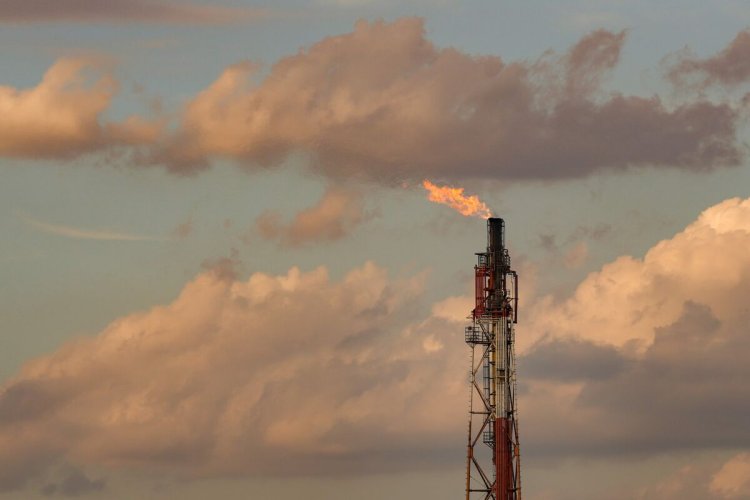IEA Forecasts Major Oil Glut in 2026 as Supply Outpaces Demand

IEA Warns of Massive Oil Surplus in 2026 Amid Sluggish Demand and Surging Supply
The global oil market is bracing for a significant oversupply in 2026, with the International Energy Agency (IEA) forecasting a surplus of up to 4 million barrels per day (bpd) a figure that represents nearly 4% of global demand. This is a notable increase from the agency’s previous estimate of 3.3 million bpd and significantly exceeds projections from other forecasters, including OPEC and private analysts.
In its latest monthly oil market report released Tuesday, the IEA attributed the growing glut to a combination of rising supply from OPEC+ and non-OPEC producers and slower-than-expected global demand. The group expects supply to increase by 3 million bpd in 2025, followed by an additional 2.4 million bpd in 2026. By contrast, demand growth is expected to remain sluggish, rising by just 700,000 bpd in both 2025 and 2026 well below historical norms.
“Oil use will remain subdued over the remainder of 2025 and in 2026,” the IEA said, citing a weaker macroeconomic outlook and the accelerated adoption of electric vehicles and clean transport solutions as key factors slowing demand growth.
The IEA’s demand forecast is among the most conservative in the industry and reflects its belief in a faster energy transition. In contrast, OPEC continues to project stronger demand, maintaining its forecast of a 1.3 million bpd increase for 2025, nearly double the IEA’s expectations. OPEC also believes global economic conditions remain supportive of higher consumption.
Meanwhile, oil prices remain under pressure. On Tuesday, Brent crude traded just below $62 per barrel, recovering slightly from April’s 2025 low near $58 but still vulnerable to further declines if the projected surplus materializes.
The IEA also reported a sharp increase in global seaborne oil, with 102 million barrels added in September alone the largest such build-up since the COVID-19 pandemic. This surge is largely attributed to rising Middle East production and signals more crude heading to global markets.
In addition to OPEC+, significant supply growth is expected from non-OPEC countries such as the U.S., Canada, Brazil, and Guyana in 2026. While some industry analysts have predicted a more modest oversupply of around 1.6 million bpd, the IEA’s outlook suggests the imbalance between supply and demand could be far more severe.
If the IEA’s forecast proves accurate, the oil market may face mounting downward pressure on prices and increased volatility as producers and traders adjust to a changing energy landscape.























